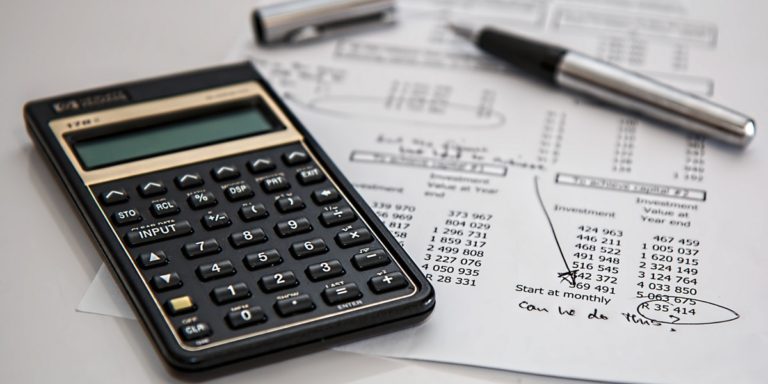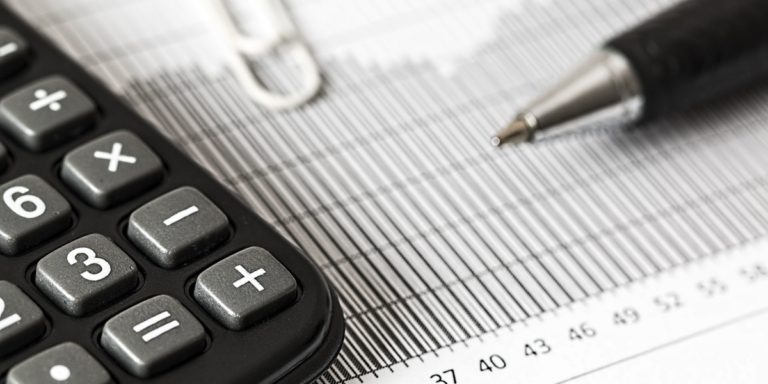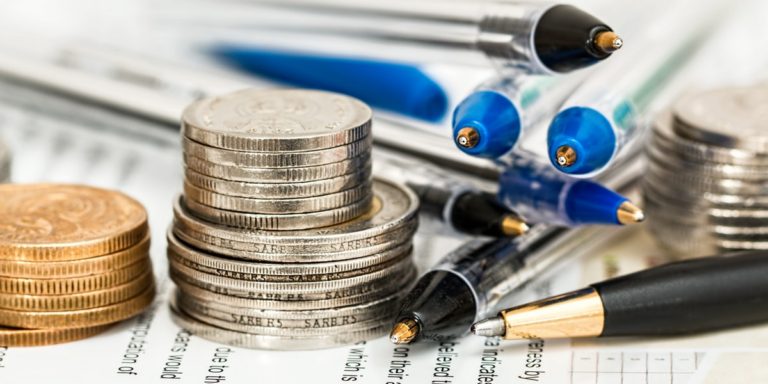Benefit of using quick method of accounting for GST/HST
The quick method of accounting for GST/HST is an alternate option available to small businesses to calculate their net GST/HST, especially for those who do not have much to claim/adjust as ITC (input tax credit) against GST/HST collected on revenues. Such small businesses are able to keep some money out of HST collected, spend less time to calculate the net tax for GST/HST purposes and do less paperwork.
Making this election (who, when and how?)
Following conditions must be met in order to qualify for using quick method with some exceptions, if you:
- have been in the business continued throughout the last one year (365 days) ending before the start of your next reporting period, with the exception for new registrants who can use from the very beginning subject to fulfillment of other conditions;
- did not revoke the election of the quick method during last 365-day period;
- are not specifically excluded from using this method (see exceptions); and
- and your associates do not have annual worldwide revenues over $400,000 during last four out of five fiscal quarters derived from taxable supplies including zero-rated supplies.
Annual filers have to elect this method by the first day of a second fiscal quarter. Monthly or quarterly filers elect by the due date of the period they want to begin using this method. However, effective date must be the first date of the reporting period under election.
CRA Form GST74 (Election and revocation of an election to use quick method of accounting) is used to elect or revoke this election. You can also elect quick method using CRA online services such as My Business Account or through your representative.
Exceptions (election of quick method not available)
Quick method is not available to the following persons:
- persons providing accounting, legal or actuarial services
- persons providing bookkeeping, financial & tax consulting or tax preparation services
- listed financial institutes, municipalities or local authorities
- public colleges, school authorities or universities
- hospital authorities, facility operators and external suppliers
- charities, public institutions or non-profit organization with at least 40% government funding
Effective period and revocation of this election
Election of quick method remains in effect until annual worldwide revenues from taxable including zero-rated supplies do not exceed $400,000 or until the businesses fall under non-eligible persons to use quick method.
Small businesses can revoke quick method after one year of eligibility, and have to wait for one year to reflect this method again. They can revoke the election by the due date of GST/HST return of last reporting period during which quick method was in effect.
How does this method work?
While using quick method small businesses still have to charge applicable GST/HST on their taxable supplies (except zero-rated supplies). But they have to remit net tax to CRA a certain portion at the prescribed remittance rate on HST collected amount. This way they keep some money out of HST collected, which is considered as rebate income and be shown in their business/corporate tax return. Although small businesses using quick method cannot claim input tax credit (ITC) on most of the expenses and purchases, they can, however, claim ITC notably on the following, among few others:
- Purchase and improvement of real property
- Purchase of capital property such as computer, vehicle, equipment and improvements thereon
There are some supplies that are not eligible for calculation under quick method, which means that those are to be reported in the same way of regular method. The notable non-eligible supplies, among few others, are:
- Sales of real property and capital assets
- Supplies made outside of Canada
- supplies for which recipients are not required to pay GST/HST
- zero-rated supplies
Businesses that may benefit from using quick method
Small businesses may improve their bottom line by electing quick method. Such small businesses that provide services are, among others, personal service business, dry cleaners, delivery service, house/office cleaning service, caterers, painters, photographers, graphic designers, digital marketers, auto repair shops, taxi drivers.
Small businesses that resale goods may also benefit from using quick methods are, among others, art and craft shops, antique dealers, boutiques and novelty stores, gas stations, grocery and convenience stores.
Remittance rate and calculation
Remittance rate varies based on types of business, GST/HST rates in participating and non-participating provinces. Let’s take an example of service business in Ontario to illustrate the benefit of using quick method. Mr. John is an architect who provides consulting services through John Inc., 2016 revenue of which mostly (90% and above) derives from sources within Ontario.
Annual taxable revenue: $200,000
HST charged @13% and collected: $26,000
Annual taxable expenses/inputs: $10,000
HST paid @13% on inputs: $1300
Remittance rate in Ontario is 8.8% on taxable revenue including GST/HST. Also there is an allowable credit @1% on first $30,000 annual taxable supplies.
So John Inc.’s net tax would be as follows:
GST/HST included annual revenues: $226,000
GST/HST owing for 2016 @8.8%: $19,888
Less: Credit @1% on first $30,000: $300
Net tax owing (GST/HST) for 2016: $19,588
John Inc. has to remit $19,588 to CRA as net tax owing for 2016 as against its collected amount of $26,000 because of using quick method. If John Inc. would have used regular method it would have to pay the net tax of $24,700 ($26,000 minus $1,300). So the election of quick method over regular method benefits John Inc. by $5,112 ($24,700 minus $19,588) as pretax income that improves its bottom line.
Books and records keeping
Although there is no need to report actual GST/HST charged on taxable supplies and paid on business purchases and inputs, businesses are still required to keep all books and records for six years after the related tax year.
Take away tax tips:
- It’s better to ask for the help of an Accountant to find out whether or not quick method is more beneficial than a regular method based on your specific situations.
- Election timing is important to do it within the due date.
- Keep your all transaction documents for six years for review, if any by CRA for also purposes other than GST/HST.
For detail information, you may wish to read CRA Guide RC4058 Quick Method of Accounting for GST/HST.
Source: CRA
Disclaimer: The content/information provided on these pages are intended to provide general information only, which is up-to-date as of the date of publishing, and which may not reflect a reader’s specific situation and the latest position/state of the relevant laws/standards/facts/opinions. As such the readers are advised to take an expert opinion or consult related laws before taking any actions in this respect. In case there is any confusion, readers are advised to consult relevant rules and regulations published by the respective government authorities or consult with an appropriate competent professional. MAQCPA Professional Corporation cannot be held liable for reliance on or usage of the general information provided on this page/blog/article, under any situations whatsoever.







